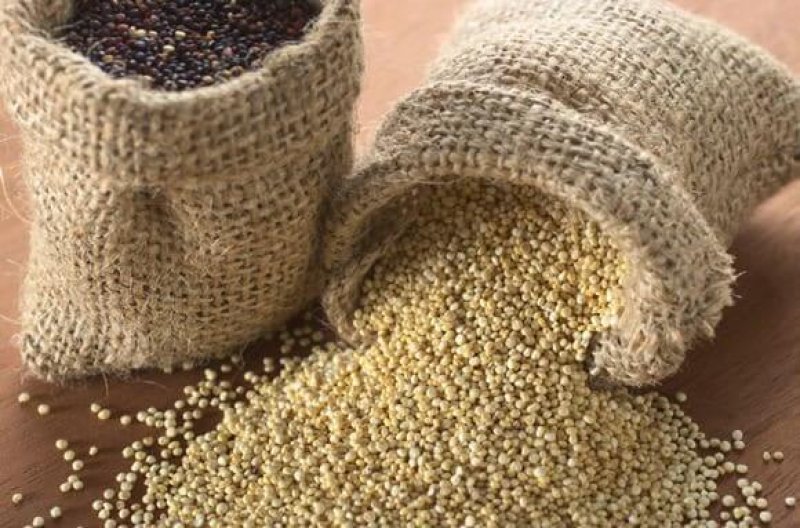KHORASAN, teff, emmer and amaranth. No, these aren’t planets in the next Star Wars movie, but some of the growing range of wheat alternatives that are increasingly filling supermarket shelves (and “wellness guru” Instagram feeds) everywhere. Said to be untouched by modern plant breeders, who have apparently rendered wheat an unhealthy option, these “ancient grains” can supposedly transform your health.
…
Here’s the first thing: ancient grains are often anything but. Take quinoa. The seeds of this South American plant are thought to have been bred for human consumption as recently as 3000 years ago, making it only a third of
the age of bread wheat.
…
In fact, many ancient grains aren’t even true grains (the seeds of grass plants) …. Semantics aside, are they more nutritious? This seems to have been investigated only very recently. With most of the best studies published in
the past five years or so, the health claims appear to predate much of the evidence.
Studies examining the nutritional composition of ancestral wheats like emmer, einkorn and khorasan compared with modern bread wheat tend to have found a wide variation between samples, which makes comparing them tricky.
Read full, original article: Ancient grains are misnamed and their health benefits are unconfirmed (Behind Paywall)































